
Nowadays, buying and wearing fur clothes is cruel and unnecessary. Every year, millions of animals are killed to produce fur globally. While a lot of fashion brands decided to go fur-free, many keep using fur to create clothing.
The mass-farming of fur is not only unethical but has also destructive effects on human health and ecosystems. Animals are enslaved, exploited, subjected to torturous treatments, and exposed to hazardous chemicals.
Brutal farming, trapping, and skinning of animals still occur too often to produce fur for fashion. This is very cruel and shocking, especially when so many ethical and sustainable alternatives are available.
Animal fur is one of the oldest forms of clothing and is viewed as warm and luxurious in fashion. It's made of animal furry hide and used to make clothing such as coats, jackets, capes, parkas, vests, and boleros.
The most common animals that are slaughtered for their fur are foxes, rabbits, seals, sables, beavers, coyotes, wolves, minks, possums, raccoons, even cats, and dogs.
No welfare standards can make fur production ethical. Removing animal skins to make fashion is unethical.
Thankfully, many animal rights organizations such as People for the Ethical Treatment of Animals (PETA) mobilize fashion designers, brands, and celebrities to boycott fur clothes.
"Animals are not ours to experiment on, eat, wear, use for entertainment, or abuse in any other way."
- PETA
Many well-known fashion brands and designers have stopped using real fur completely. Some of them are Versace, Furla, Armani, Calvin Klein, Gucci, Michael Kors, Ralph Lauren, Tommy Hilfiger, Shrimps, and Vivienne Westwood.
"Fur? I am out of that. I don’t want to kill animals to make fashion. It doesn’t feel right."
- Donatella Francesca Versace, Versace Chief Creative Officer
Even several high-street brands don't use animal fur anymore, including Topshop, Zara, Gap, French Connection, AllSaints, Hobbs, John Lewis, Marks & Spencer, House of Fraser, Ted Baker, H&M and Whistles.
Animal cruelty shouldn't exist in any modern and civilized society. Real fur is no longer modern. It's on the way out and has been for years. It's a dying industry that goes as far as briding fashion students to feature animal skins in their collections.
The fashion industry can be innovative and creative without harming animals. The barbaric treatment of animals by the fur industry needs to stop.
Approximately 245 mink farms in 22 states across the United States produce about 3.1 million pelts annually, according to the Fur Commission.
Animals on fur farms live their entire lives confined, trapped, and caged. They are even beaten, electrocuted, or skinned alive.
China is still the world's largest exporter of fur. And Chinese fur farms aren't as heavily regulated as they should be.
“85% of the fur industry’s skins come from animals raised in battery cages in fur farms, where animals are deprived of the quality of life.”
- Animals Australia, a leading animal protection organization
The manufacturing of fur clothes also requires very hazardous substances, including acids, bleaches, and toxic dyes, used to prevent putrefaction up to unsafe levels.
Fur farming is responsible for the most common form of water pollution in the United States, according to the Humane Society. Millions of pounds of feces are produced annually and animal wastes contain high concentrations of nitrogen and phosphorus.
The fur industry is greedy and cruel. It resorts to unethical and unsustainable production methods to make fur as cheap as possible and maintain high profits.
Hopefully, the future of fashion is going to be fur-free. More clothing brands and retailers need to commit to more responsible and ethical sourcing policies.
A cultural shift happening in our society and with it, the rise of conscious consumerism. Humane fabrics are in high demand and the ethical fashion movement is growing.
As a consumer, you have the power to drive change in the industry. Stop buying and wearing fur clothes. Avoid companies that still use animal products or by-products for clothing.
There are too many fashion brands that use animal fur to list them all. It's shockingly disgusting that clothing brands still engage in such barbaric practices for vanity and profits.
As consumers, we should be aware of how the impact of our purchasing decisions, how and where the products we buy are being made. With a bit of research, we can prevent the terrible abuse going on in farms and factories around the world.
Thankfully, more fashion designers and brands are adopting ethical and sustainable practices. They use ethically made and environmentally friendly materials to create beautiful and functional apparel.
Let's support companies that don't exploit animals at all. It's the more ethical choice for animals and environmental protection.
All animals want to live a good life just like we do. It's easy to say that we should ban fur but it's not an easy issue to solve. People are still relying on fur farms to earn enough money for them and their families, especially in developing countries.
Progress has been made but it's not nearly enough. Luckily, more publications such as Vogue, Marie Claire, The Guardian, Glamour, and Eluxe now cover ethical and sustainable fashion.
Let's hope for a better textile and apparel industry in the coming years, a fashion world that moves away from mindless consumerism and protects the environment, where all humans and animals are cared for.
I checked publicly available sources (brand sites, industry press, Good On You, Fur Free Retailer / Fur Free Alliance, and animal-welfare groups) and made a best-effort status table.
I show each brand as “Uses real fur / still sells fur”, “Fur-free / publicly committed”, or “Unclear / mixed or no clear public policy” and include the key source(s) so you can follow up.
Quick note on methodology: “Fur-free / publicly committed” means the brand (or its parent group) has a clear published ban or has joined the Fur-Free Retailer scheme. “Uses real fur / still sells fur” means there’s credible recent evidence—product listings, brand/furrier pages, or industry reporting—showing fur in current or recent collections, or no public ban. “Unclear” means public info is conflicting, limited or the brand discusses animal welfare without explicitly banning fur.
| Brand | Status (2025 check) | Quick note & source |
|---|---|---|
| Alexander Wang | Fur-free (public commitment) | Brand animal-welfare page + product pages showing faux fur items; advocacy reports noted past controversy but the brand states fur is discontinued. (Alexander Wang Collection 1 Store) |
| Alberta Ferretti | Fur-free (group commitment) | Aeffe Group (owner) publicly announced a fur-free commitment. (Fur Free Retailer) |
| Altuzarra | Unclear / mixed | Public reporting about banning exotic skins; other activist lists still include Altuzarra among designers alleged to use animal fur — no single clear, up-to-date brand fur-free statement located. (Vegan FTA) |
| Arthur Galan | Unclear / likely historic use | Appears on some activist lists of designers who have used fur; I could not find a clear current fur-free policy on his site. (humanedecisions.com) |
| Brioni | Fur-free (via Kering) | Kering announced all its Houses (incl. Brioni) would be fur-free from Fall 2022. (Kering) |
| Carolina Herrera | Unclear / mixed | Coverage is mixed; some listings include the brand among those that have used fur historically; no clear, up-to-date public fur-ban statement found. (Panaprium) |
| Christian Dior (Dior) | Uses real fur / no public ban | Good On You / industry trackers report Dior still uses fur (no clear brand fur-free policy). (Good On You) |
| DKNY | Unclear → evidence of faux fur; brand pages show synthetic trims | DKNY product pages show faux-fur trims; some sources list DKNY among brands that have dropped fur. I didn’t find a single central corporate fur-free policy doc. (DKNY) |
| Emilio Pucci | Unclear / appears not to use fur | Good On You’s brand page indicates it doesn’t appear to use fur (rating “Not good enough” overall for sustainability but no evidence of fur). (Good On You Directory) |
| Fendi | Uses real fur | Fendi remains publicly associated with (and developing alternatives to) fur; industry reporting lists Fendi among luxury houses still using real fur. (Vogue Business) |
| Givenchy | Uses real fur / no public ban | Industry coverage and animal-welfare trackers list Givenchy (LVMH) among brands that still use fur. (The Business of Fashion) |
| Giambattista Valli | Unclear — retail listings include faux-fur items | Brand/retailer listings show faux-fur pieces; I didn’t find a definitive brand fur-policy statement. (Giambattista Valli Paris | Haute Couture) |
| Harrods (department store) | Uses / sells fur — corporate policy unclear | Harrods sells animal-derived products and has been criticised for lack of clear fur-free policy; its CSR pages discuss responsible sourcing but no full fur ban. (Harrods) |
| Hermès | Unclear / uses animal skins; no public fur ban | Hermès has a detailed Animal Welfare Policy but has not publicly adopted a full fur ban; animal-welfare trackers flag concerns. (finance.hermes.com) |
| Herno | Fur-free (public commitment) | Herno publicly committed to ban animal fur from FW 2023-24 and joined Fur-Free initiatives. (Fur Free Retailer) |
| J. Mendel | Uses real fur | J. Mendel’s site and service pages explicitly reference fur services and fur in the house’s offering. (J. Mendel) |
| Kenzo | Does not appear to use fur (Good On You) | Good On You indicates Kenzo does not appear to use fur (rating “Not good enough” overall). (Good On You Directory) |
| Lisa Ho | Unclear / insufficient public info | I couldn’t find a clear modern corporate fur policy for Australian designer Lisa Ho — product listings show wool/other animal fibers but no conclusive fur status. (eBay) |
| Loewe | Does not appear to use fur (Good On You) | Good On You’s profile (2025) indicates Loewe doesn’t appear to use fur (but it uses other animal materials). (Good On You Directory) |
| Loro Piana | Uses animal fibres; flagged as using fur by trackers (unclear policy) | Good On You and other trackers list Loro Piana as using fur/exotic animal hair; no clear fur-free policy located. (Good On You Directory) |
| Louis Vuitton | Uses real fur / no public ban | LVMH / Louis Vuitton have been reported in 2023–25 as still selling new fur items; brand sustainability messaging focuses on other materials but no full fur ban. (Louis Vuitton) |
| Marc Jacobs | Recently declared fur-free | Marc Jacobs publicly announced going fur-free (coverage in 2024–2025 reporting on the brand’s policy change). (DC Voters for Animals) |
| Max Mara | Fur-free (public commitment, 2024) | Max Mara Fashion Group announced a fur-free policy (Aug 2024). (Humane World for Animals) |
| Moncler | Fur-free (public commitment) | Moncler announced it would phase out fur and joined Fur-Free Retailer; last fur collections phased out around AW 2023. (Monclergroup) |
| Roberto Cavalli | Now using faux fur in recent collections / unclear formal ban | Recent collections / reporting show faux-fur use; activists continue to push for a formal fur-free policy. (robertocavalli.com) |
| Salvatore Ferragamo | Unclear — brand materials show animal welfare policy; no evidence of fur use | Good On You’s profile suggests Ferragamo doesn’t appear to use fur and the brand publishes animal-welfare sourcing docs — but there’s no prominent “fur-free” headline. (Good On You Directory) |
| Yves Salomon | Uses real fur | Yves Salomon is a traditional furrier; trackers and the brand’s own material pages show active fur use. (Good On You Directory) |
| Woolrich | Uses real fur / no public ban (advocacy target) | Fur-Free Alliance & Four Paws campaigns explicitly call Woolrich one of the last outerwear brands without a fur-free policy. (Fur Free Alliance) |
Quick takeaways
-
Confirmed fur-free / public ban: Brioni (Kering), Herno, Max Mara, Moncler, Marc Jacobs (recently). (Kering)
-
Clearly still using fur / specialist fur houses: Fendi, Louis Vuitton (LVMH houses), J. Mendel, Yves Salomon, Woolrich (retailer/outerwear). (Vogue Business)
-
Many brands are “unclear” or mixed: a number of houses publish animal-welfare policies but stop short of an explicit fur ban (Hermès, Carolina Herrera, Salvatore Ferragamo, etc.). GoodOnYou and Fur Free Alliance are good trackers for these cases. (finance.hermes.com)
Was this article helpful to you? Please tell us what you liked or didn't like in the comments below.
About the Author: Alex Assoune
What We're Up Against
Multinational corporations overproducing cheap products in the poorest countries.
Huge factories with sweatshop-like conditions underpaying workers.
Media conglomerates promoting unethical, unsustainable products.
Bad actors encouraging overconsumption through oblivious behavior.
- - - -
Thankfully, we've got our supporters, including you.
Panaprium is funded by readers like you who want to join us in our mission to make the world entirely sustainable.
If you can, please support us on a monthly basis. It takes less than a minute to set up, and you will be making a big impact every single month. Thank you.


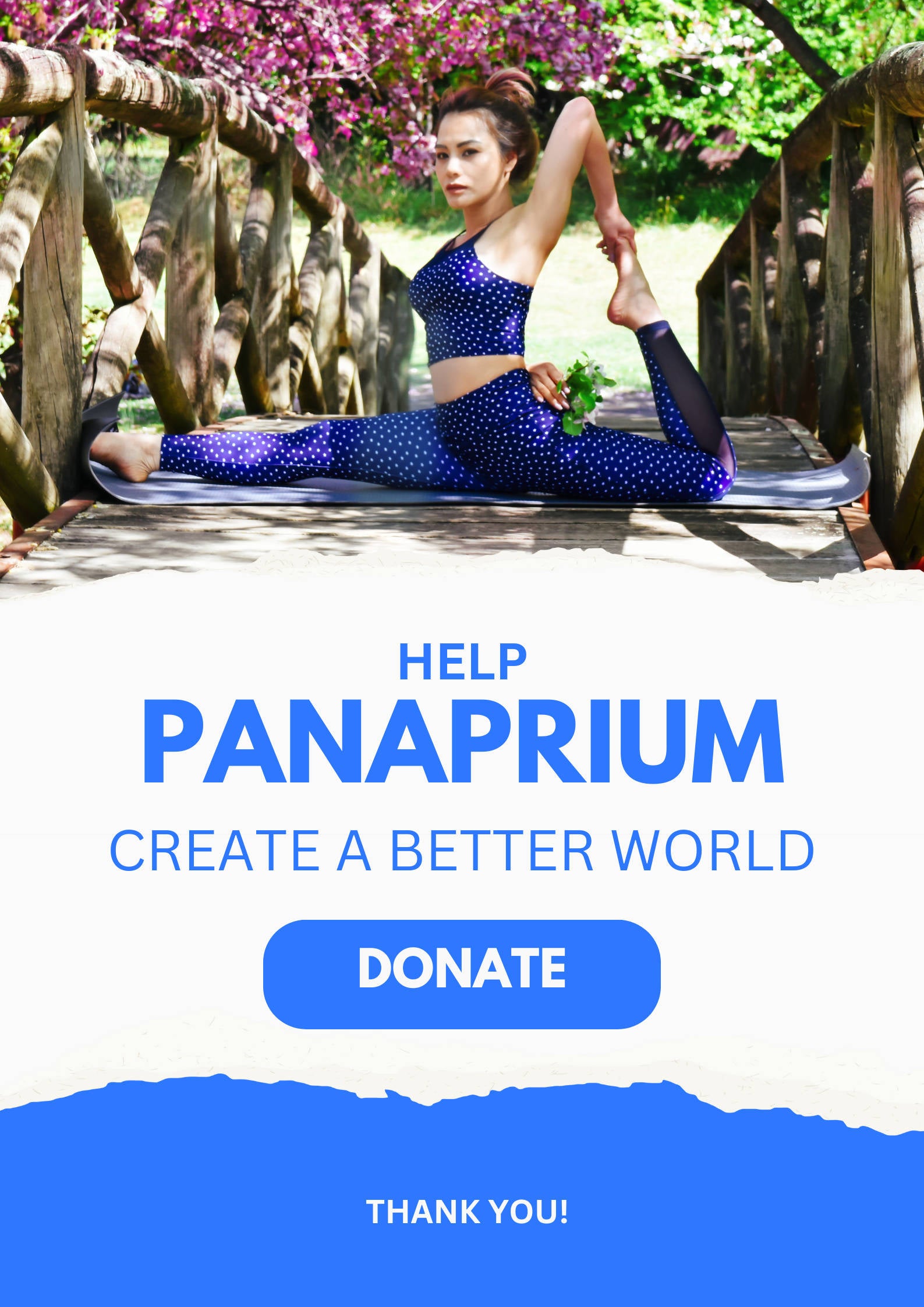

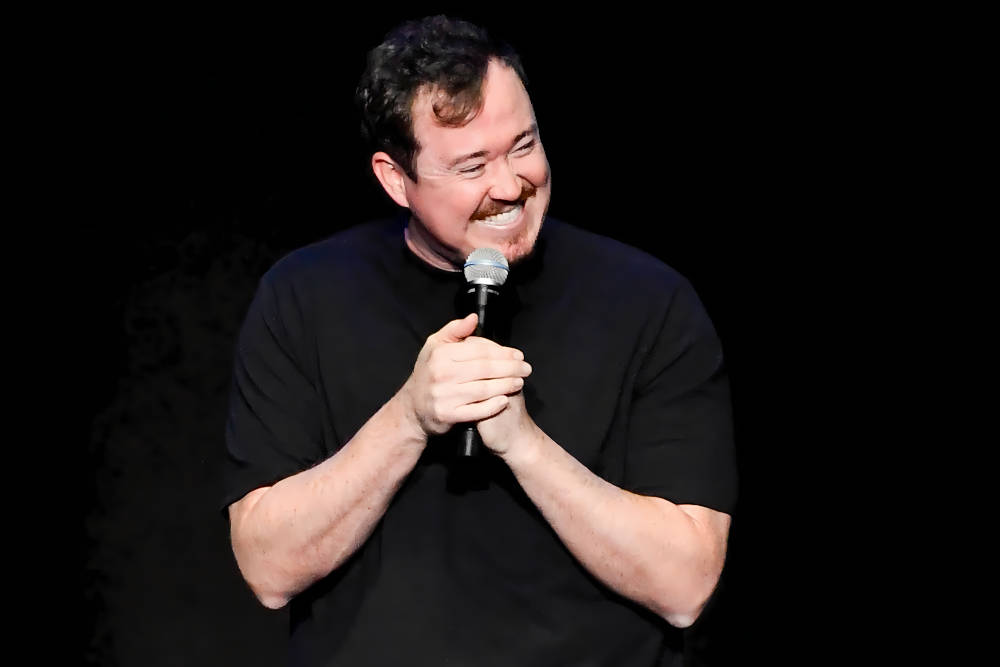




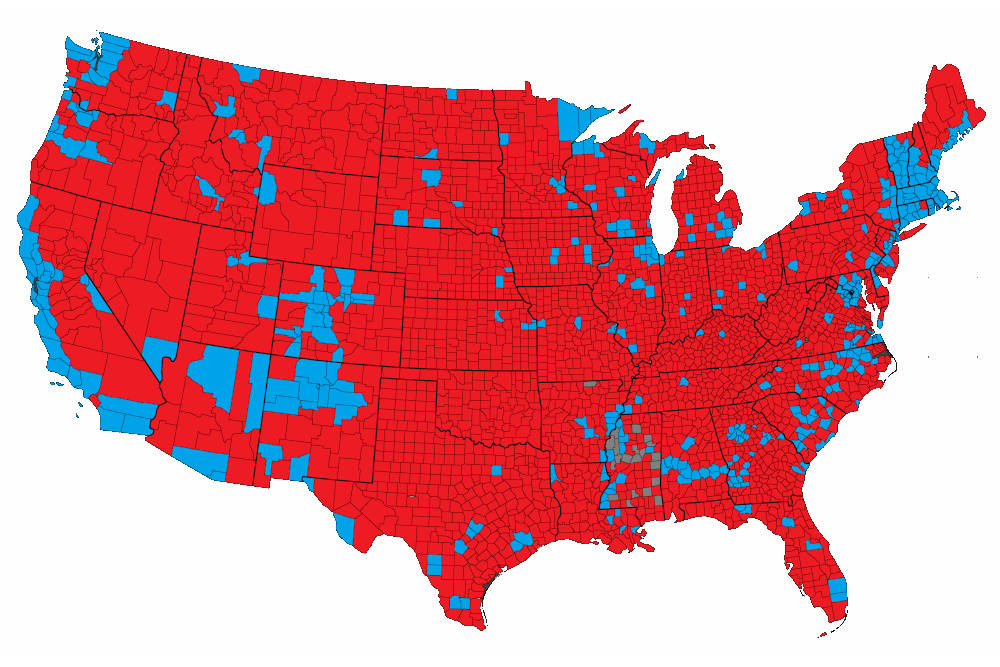

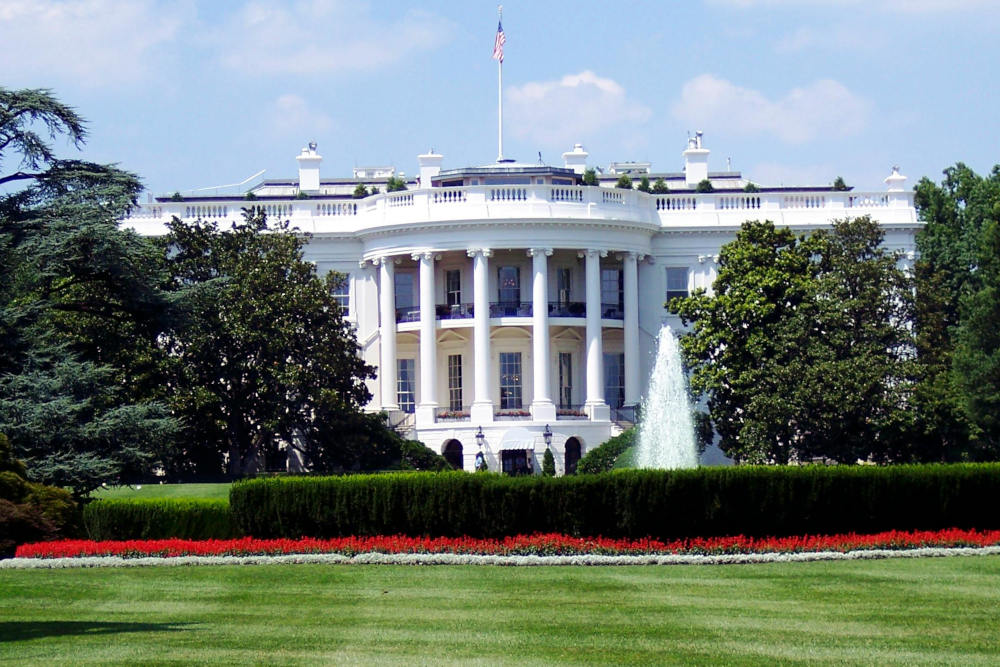

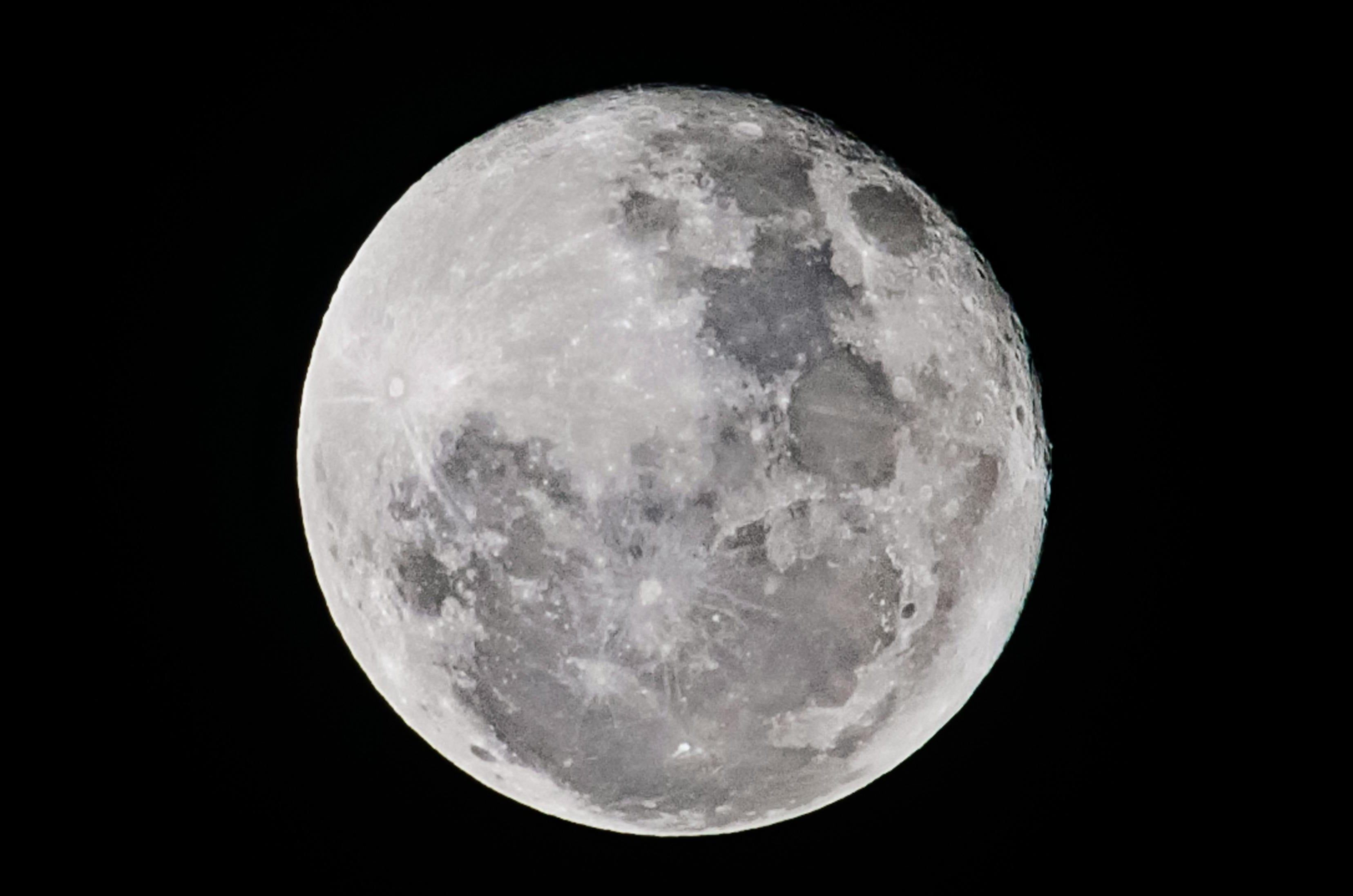


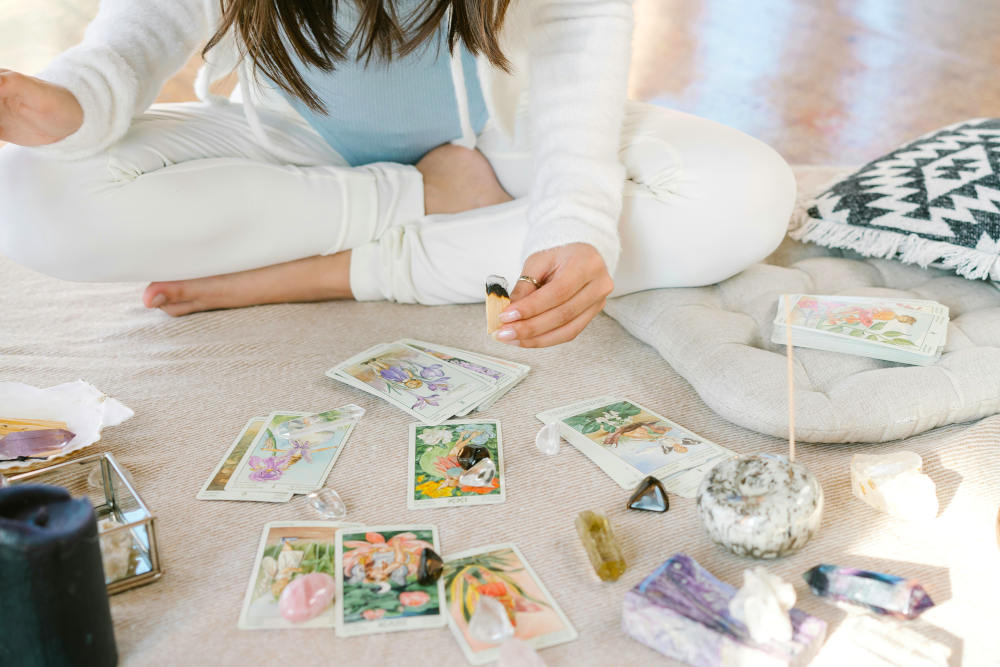
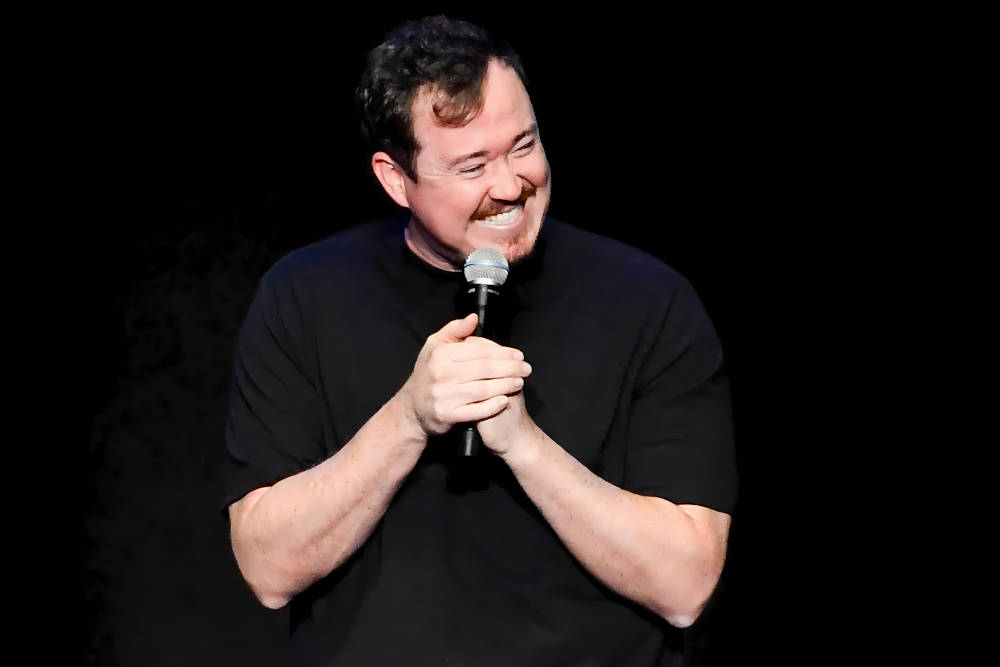
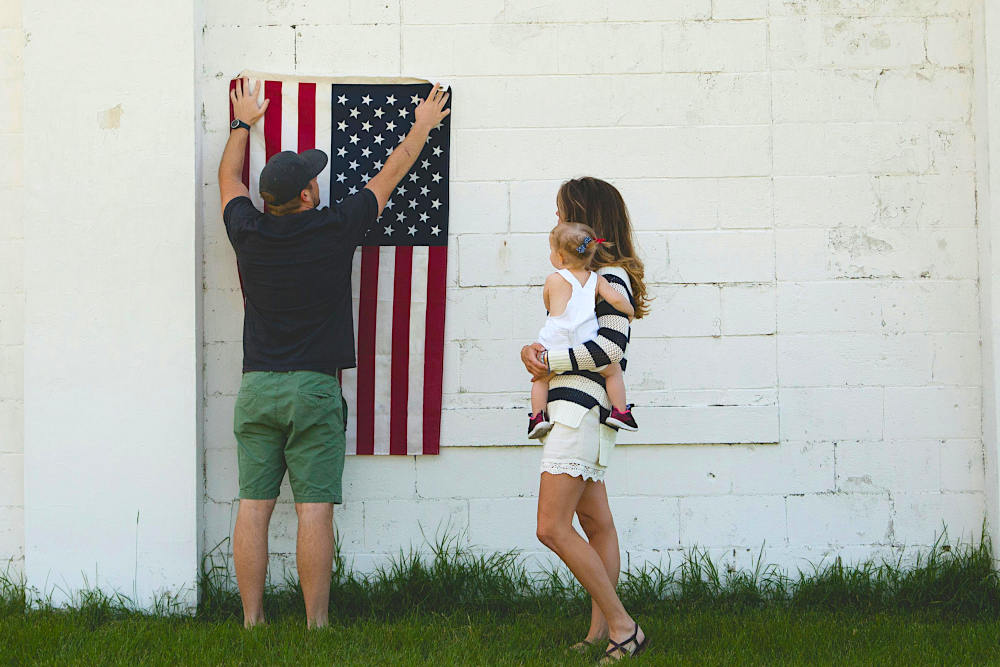

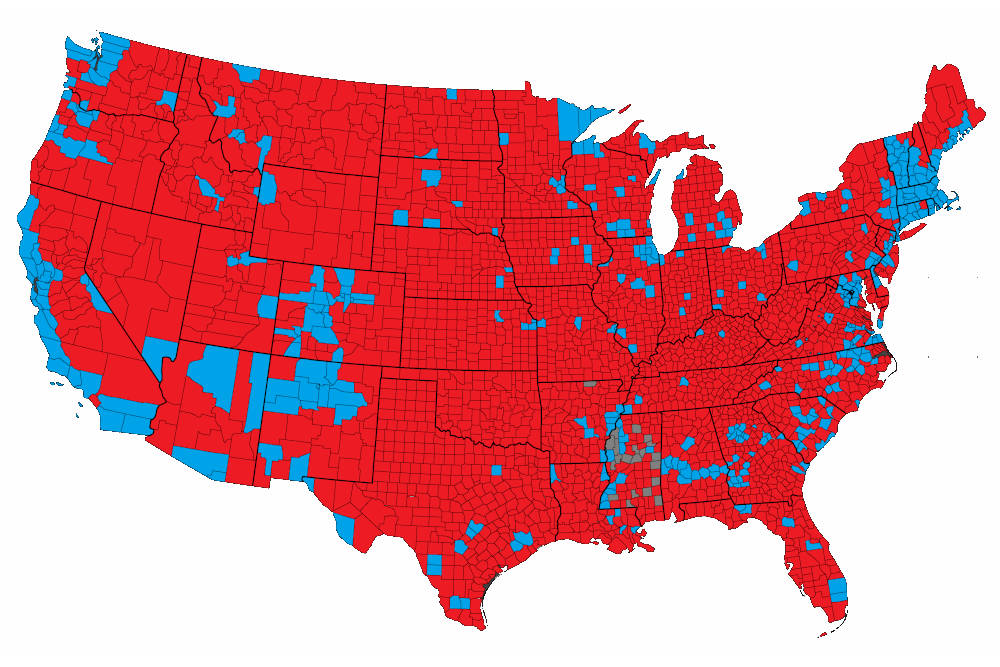
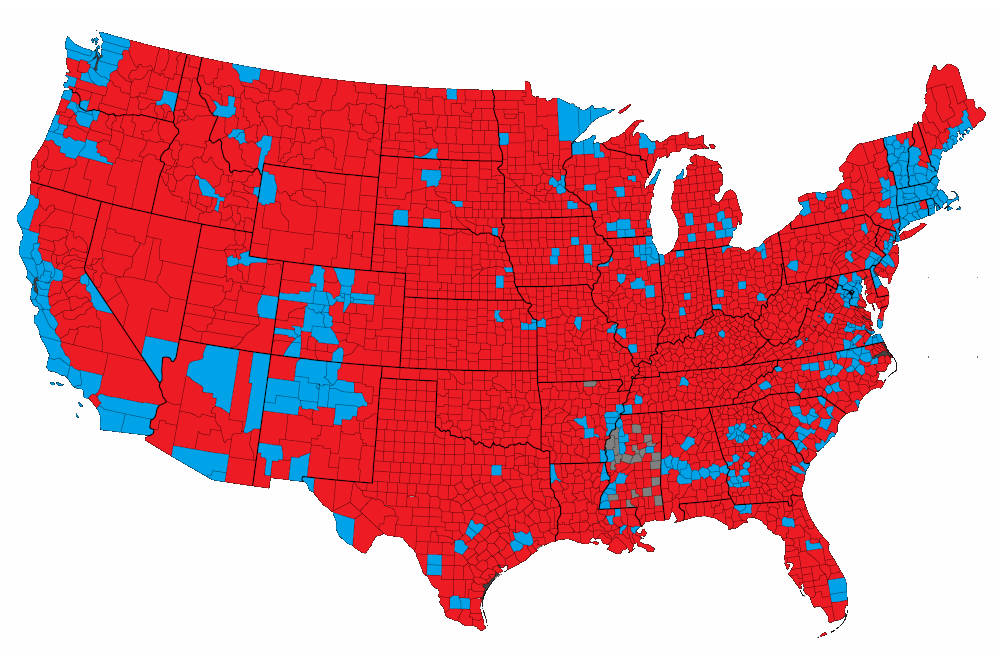

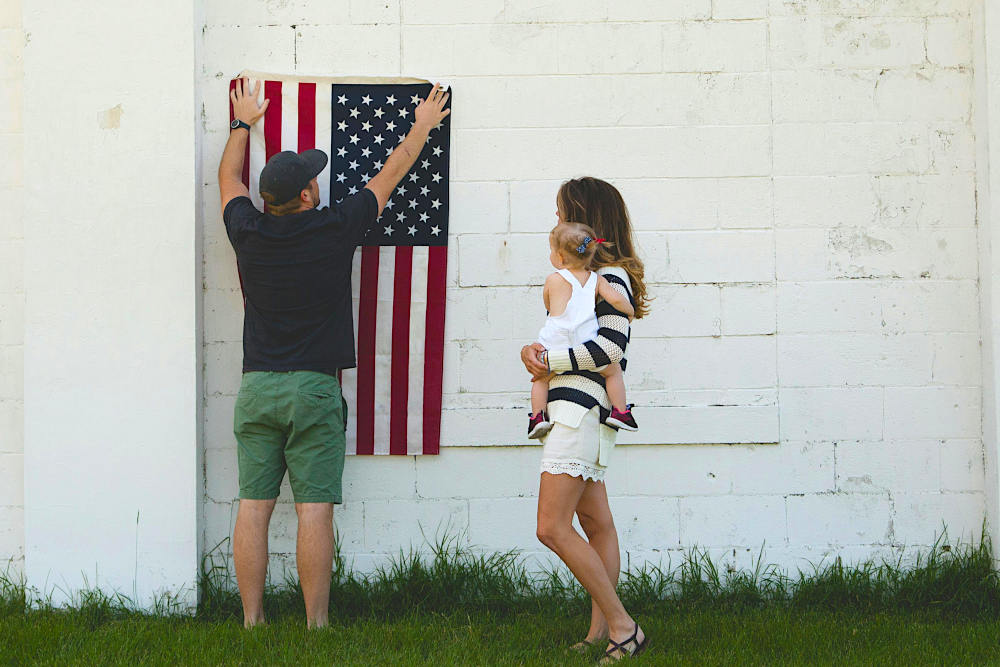

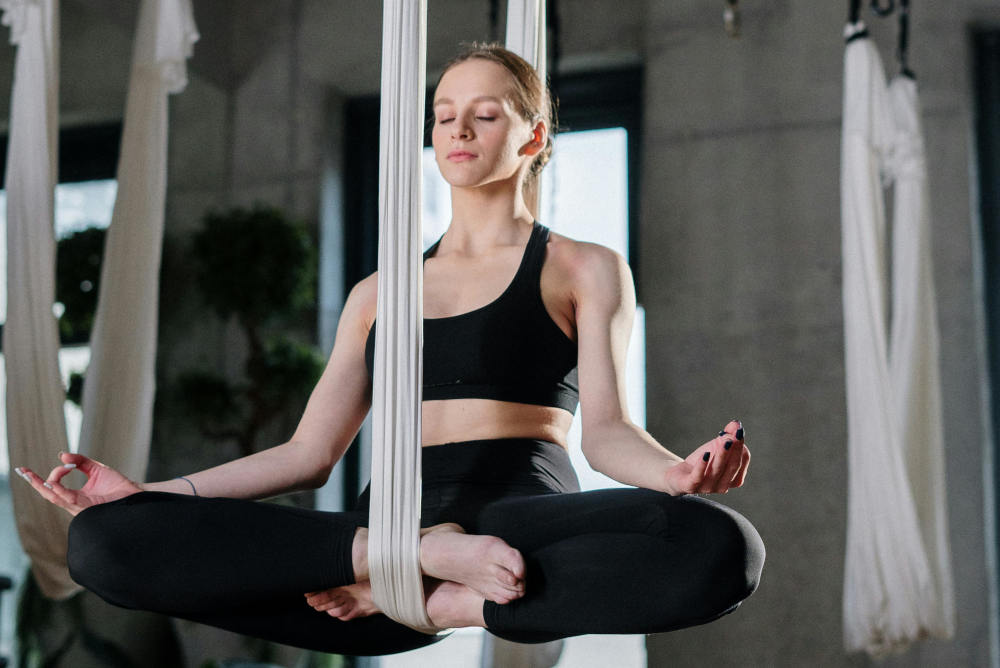


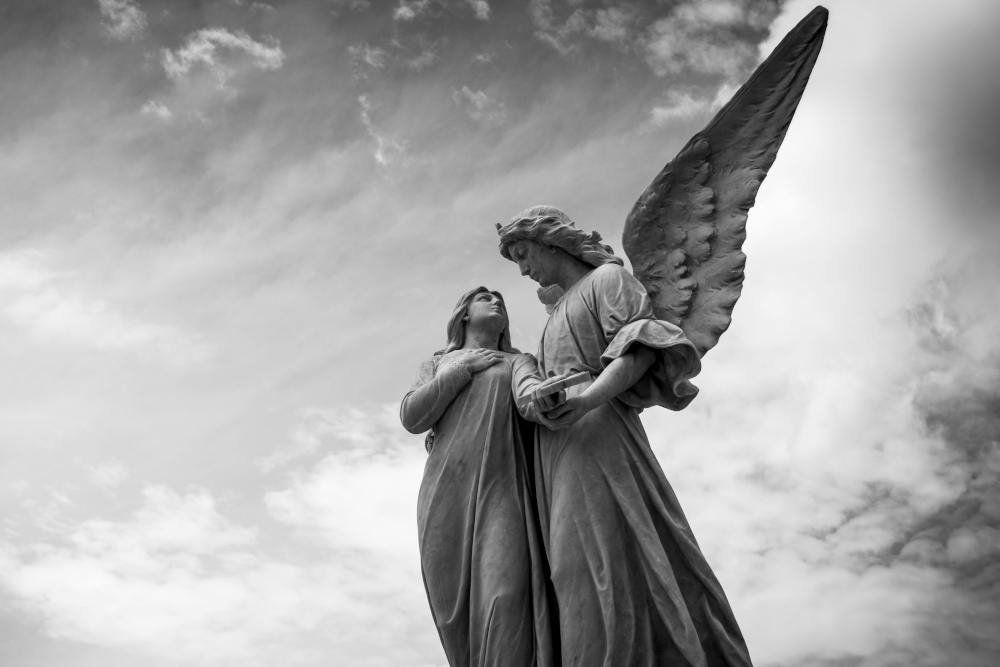
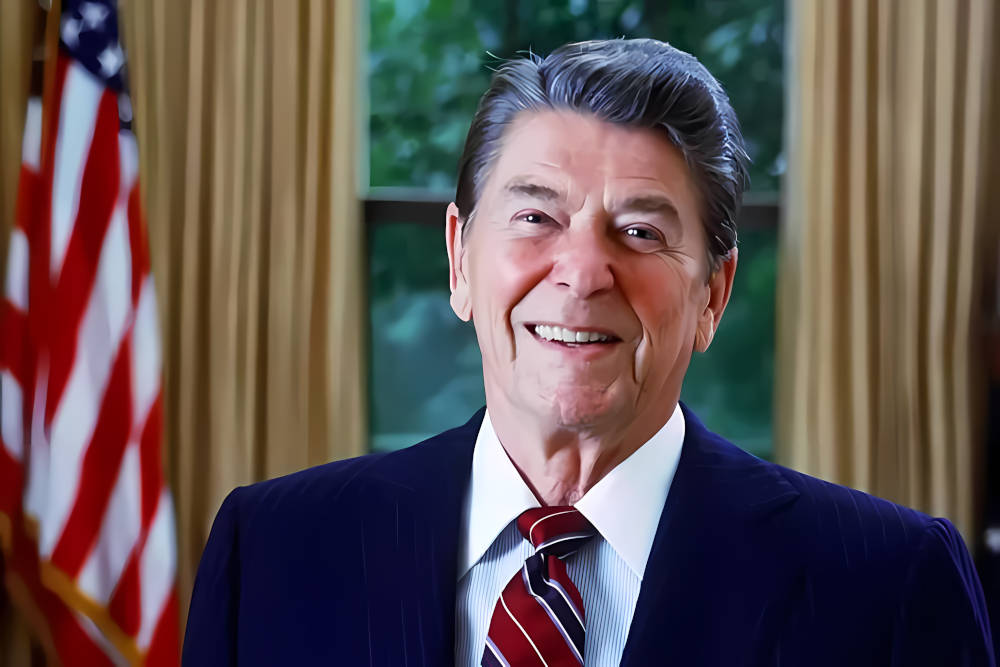

Most people still eat eggs, eat meat and claim to “own” the lives of animals as “pets” some like slaves so this doesn’t surprise me one bit. So sad but love and progress are happening every day!
I’m 100% for companies no longer using animals pelts but you do realize that your list is woefully out of date, right? You have several companies on your list that have made decisions to no longer use animal pelts or will in the near future. Update your list so it doesn’t mislead the public, such as myself. Here’s some companies for your reference: https://people.com/style/fur-free-luxury-fashion-brands/